
“Mayday… no thrust, losing power, cannot lift.” These were the last, desperate words radioed out from the cockpit of Air India flight AI171, just before the Boeing 787-8 Dreamliner plummeted into a crowded suburb of Ahmedabad. In the tragedy that claimed 241 lives and left behind only one miraculous survivor, the world hasn’t just been transfixed by the disaster, but also the underlying questions that it raises regarding modern aviation safety.
To pilots, frequent travelers, and safety experts, the Air India crash is a grim reminder that even the most sophisticated plane technology and veteran crews are susceptible to danger. As investigations continue, an interwoven thread of technical, human, and regulatory threads is being spun each providing valuable lessons and cold realities. Nine key lessons from the disaster are already transforming the debate on air travel safety.
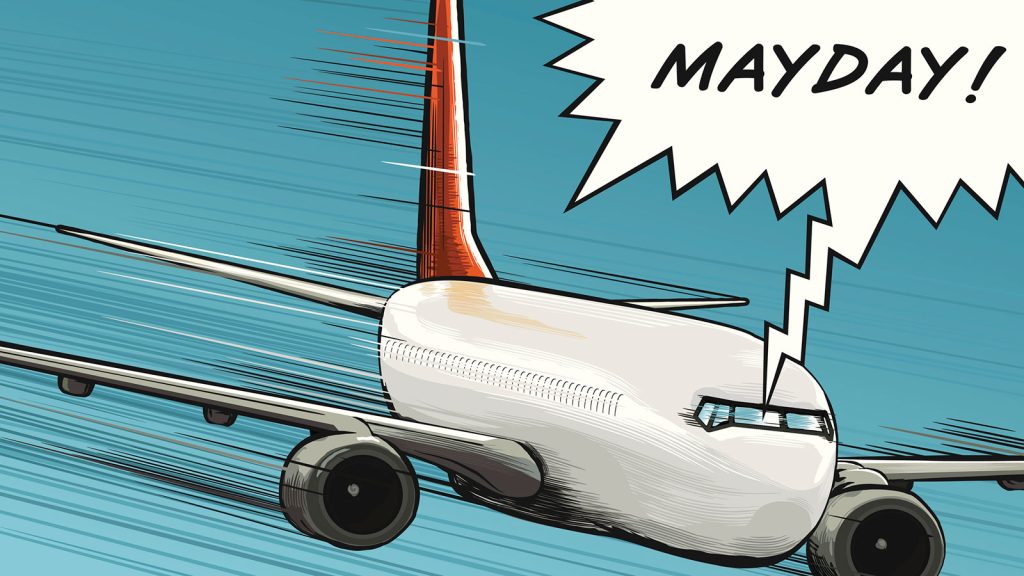
1. The Frantic Mayday: A Pilot’s Final Moments
The final message in the cockpit ‘Mayday… no thrust, losing power, can’t lift’ was both a technical alert, and a bone-chilling snapshot of a crew confronted with the unthinkable. Captain Sumeet Sabharwal, with more than 8,000 hours of flying time, and First Officer Clive Kundar, both seasoned aviators, were in a situation where seconds mattered. As per procedure in aviation, a Mayday call immediately makes a flight the absolute priority for air traffic control, initiating ground and aerial emergency procedures. But following the call, there was total loss of communication with the aircraft, and how quickly disaster can spiral out of reach of recovery.
As it crashed, the cockpit would have been a cacophony of screaming alarms, a warning burst suspended between sanity and catastrophe. It is the moment that was frozen in cold sound and imagery and serves to remind the industry that even the best crews can be caught out by a cluster of failures.

2. The Sole Survivor: A Miracle Amid Catastrophe
In the tragedy that killed close to all lives onboard and dozens on the ground, only one man, Vishwashkumar Ramesh, was the ‘luckiest man alive.’ Ramesh, who was seated in 11A, recounted: ‘For a moment, I thought I too would die, but when I opened my eyes and saw around me, I realised I was alive.’ (BBC)
He survived only because the part of the fuselage in which he was seated descended close to the earth, off the point of the collision of the building. Ramesh’s story, recounted in many accounts, illustrates how he unbuckled, crawled through a collapsed door, and staggered out into the wreckage. He survived not only miraculously but statistically improbably testimony to the unpredictability of survivability in aerial tragedies.
3. The Critical 17 Seconds: A Race Against Physics
The Dreamliner had only flown 625 feet from the takeoff point when disaster hit it. The investigators have found that the pilots had just 17 terrifying seconds to respond to the power loss before the plane crashed into the BJ Medical College hostel. By flight data, the plane found it hard to climb to altitude, then lost speed and lift a situation with a margin of error so thin it is virtually impossible to achieve.
Dr. Sonya Brown, an aerospace design expert, explained, ‘Aircraft lift is directly proportional to speed squared, so if you don’t have thrust and you lose speed. you can stall.’ (The Guardian) The low altitude provided little opportunity for corrective reaction, further emphasizing how takeoff is one of the riskiest phases of flight.
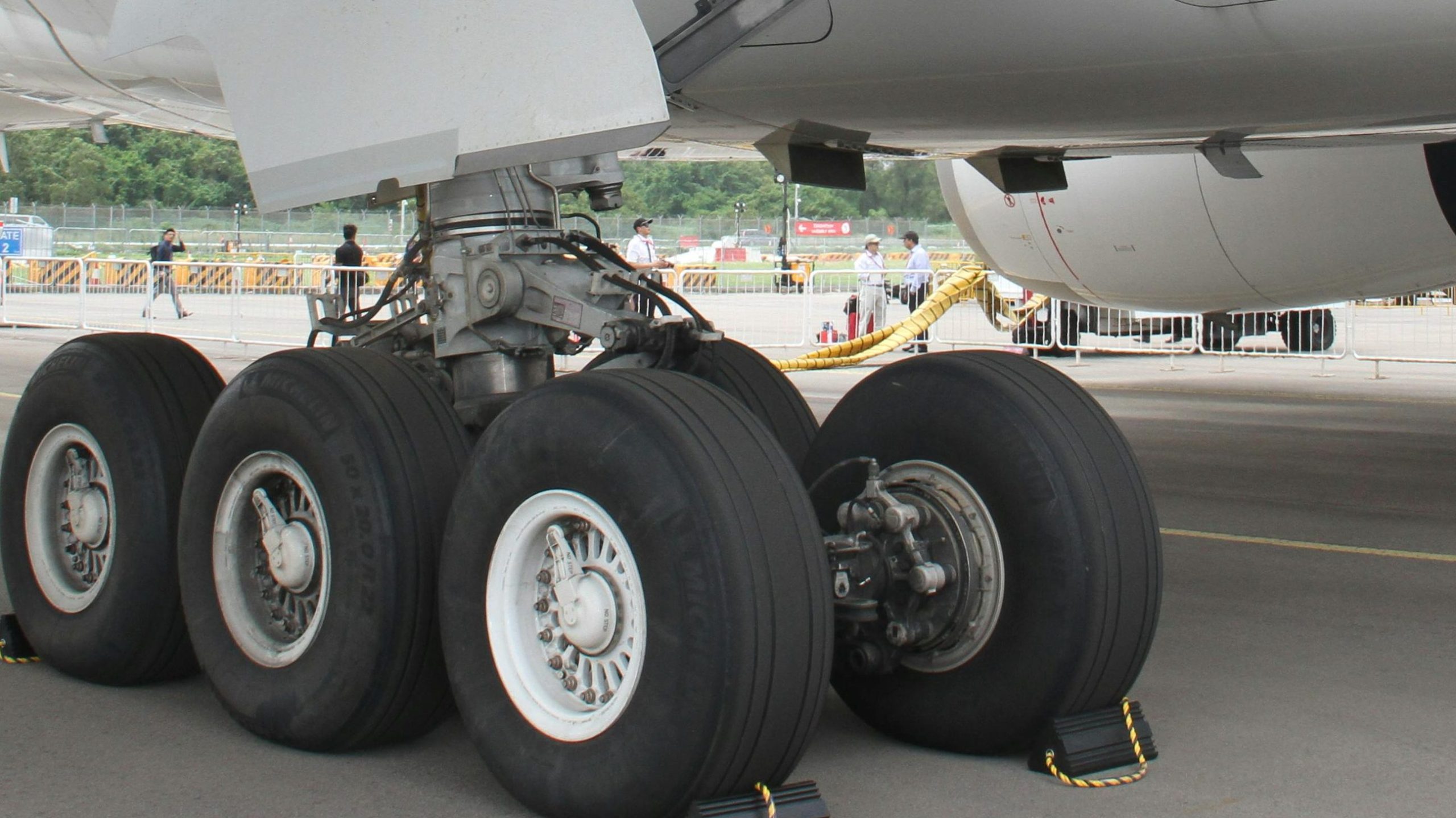
4. Engine Thrust, Flaps, and Landing Gear: Theories Under the Microscope
Initial shots and professional interpretation have indicated three possible technical errors: engine thrust, flaps on the wings, and undercarriage. Precisely, professionals such as Geoffrey Thomas noted that the ‘undercarriage is still down but the flaps have been pulled up,’ a position which would make the plane fail to acquire sufficient lift (BBC).
But contemporary planes such as the 787 have Takeoff Configuration Warning Systems that will warn captains if their flaps or other key settings are in error. The inquiry will examine if any of those systems failed, were disregarded, or somehow overridden due to pressure.
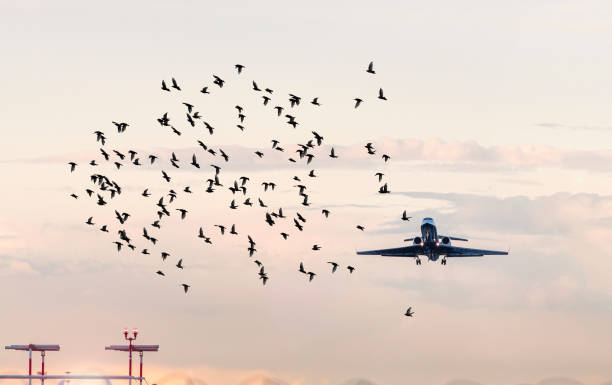
5. Bird Strikes and Fuel Contamination: The Unlikely Suspects
Initial speculation involved a likely double engine failure, maybe due to bird strike a situation not dissimilar from the ‘Miracle on the Hudson.’ However, as investigators pointed out, neither smoke nor bird is visible in the crash video. Fuel contamination, another strange but plausible explanation, is under consideration, with the plane’s almost full fuel tanks.
Gujarat’s own high incidence rate of bird strike more than 460 in five years, topped by Ahmedabad (BBC)–sustains this hypothesis. Experts, however, observe that the simultaneous failure of engines due to bird or fuel is very rare, and that the inquiries are now directing attention to other mechanical or procedural malfunctions.
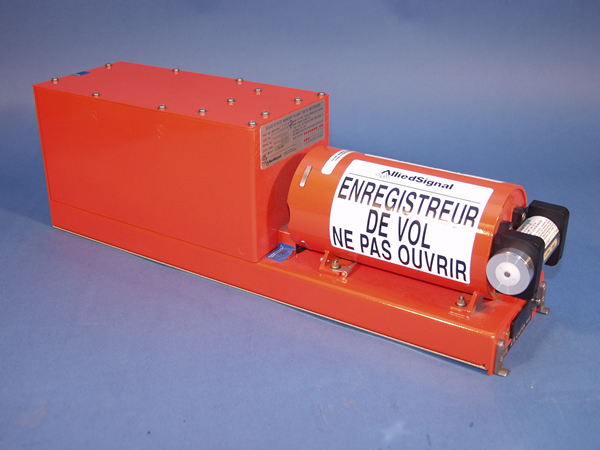
6. The Black Box: Aviation’s Unbiased Witness
The recovery of the black box of the plane housing the Flight Data Recorder (FDR) and Cockpit Voice Recorder (CVR) has, in the wake, proved to be the most significant lead. The Economic Times describes how much these recorders offer is a replay, second by second, of the last minutes of the flight, recording anything from technical readings to voice commands in the cabin.
Graham Braithwaite, a professor at Cranfield University, stresses: ‘The cockpit voice recorder and flight data recorder will tell us a lot provided they are in one piece… and make the industry aware of how to react in the short term.’ (The Guardian) The black box is more than a blame tool, however, but a means for systemic safety enhancement.
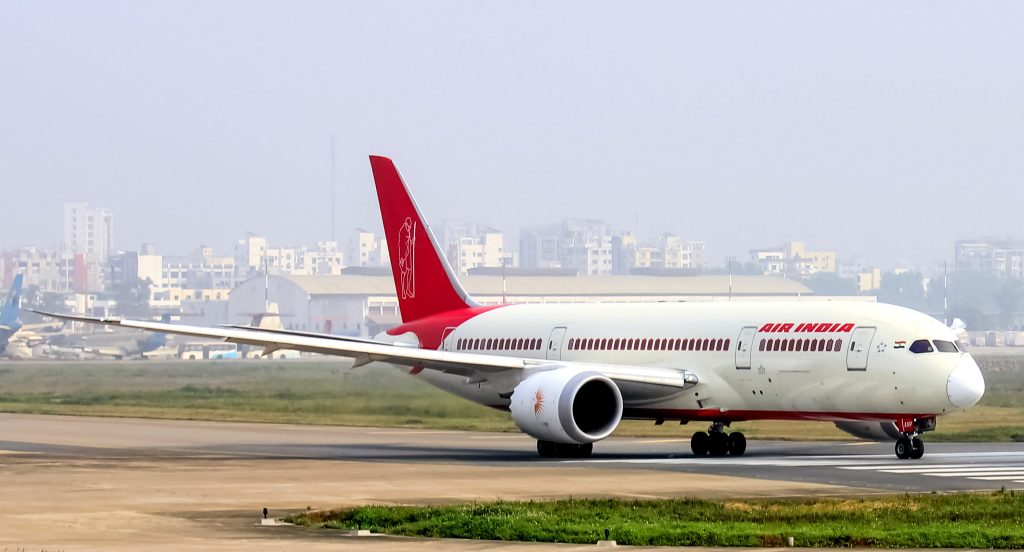
7. Safety Record of Dreamliner Under Scrutiny
The Boeing 787 Dreamliner, which has received praise for its new design and reliability, until recently had not had any crashes. Over 1,100 Dreamliners have carried more than 875 million passengers since 2011 (Yahoo News). This was the first deadly crash of the model, and it deserves closer scrutiny of its repair and manufacturing history.
Even with earlier concerns regarding battery fires and production flaws, authorities advise against speculative conclusions. Aircraft analyst Keith Mackey averred, ‘It’s the first fatal crash for the 787.’ The probe will uncover whether this crash is a one-off or an omen of a more critical illness.
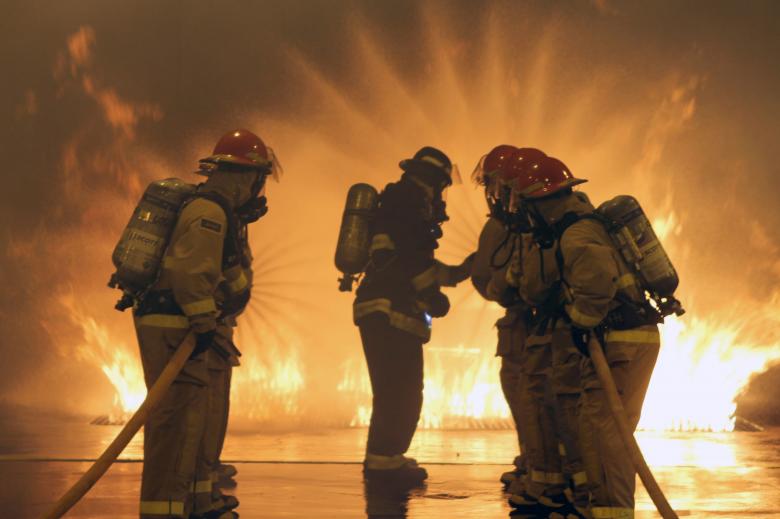
8. Emergency Response and the Human Toll
The accident turned a routine Thursday into a nightmare for residents and commuters of Meghaninagar. Emergency workers were greeted with a sight of charred buildings, burning trash clogging the streets, and the solemn task of identifying blackened bodies most of which needed DNA tests to establish (BBC).
Prime Minister Narendra Modi had visited the location and hospital, addressing survivors as well as mourning families. King Charles, in his compassionate message, stated: ‘I should like to pay a special tribute to the heroism of the emergency services and all those who are providing aid and assistance at this most tragic and traumatic time.’ The magnitude of the response not only measures the magnitude of the tragedy, but also the strength and solidarity which it evoked.

9. Industry Impact: Safety Reviews and Regulatory Adjustments
After the accident, India’s aviation regulator directed point-to-point safety checks of all the Boeing 787s in the fleet of Air India, in addition to single-flight takeoff parameter checks and stricter maintenance processes (BBC). Boeing experts from across the globe, including GE Aerospace, the US, and UK, also joined the investigation, pointing towards the international significance of the accident.
For Boeing, the crash comes in the midst of continued scrutiny of quality control and culture of safety, in the wake of spectacular failure in other models. While the world awaits with bated breath an explanation, the industry is already poised for the regulatory and operating changes that such a disaster inevitably entails.
Air India tragedy is a somber milestone for contemporary flight a collision of human loss, technical elegance, and institutional responsibility. While experts comb through numbers and debris, the lessons being gleaned are as much-needed as they are human: vigilance in maintenance, proficiency in training, and absolute drive for enhancement of safety. To pilots, engineers, and regulators, this tragedy is an entreaty a call to remember that in aviation, everything counts and everybody counts.


